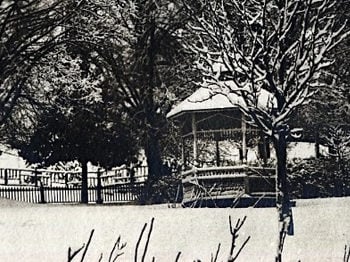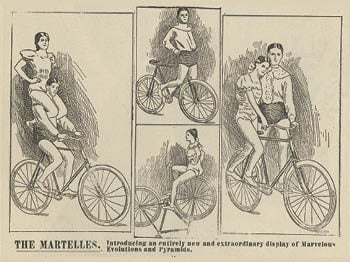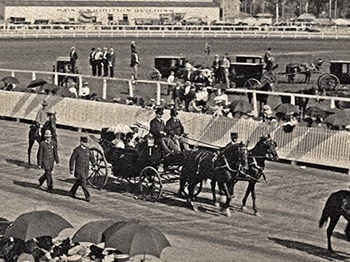“My small gift to the children came from my love for children,” Mrs. Eddy once wrote about the shoes that she provided for underprivileged boys and girls each year at the Concord State Fair.1
From the fair’s inception in 19002 until her passing in 1910, Mrs. Eddy had a special arrangement with local merchant William Thompson. On Children’s Day,3 needy young fairgoers could visit his booth in the exhibition hall, where they’d receive a coupon for free footwear redeemable at his downtown store.4
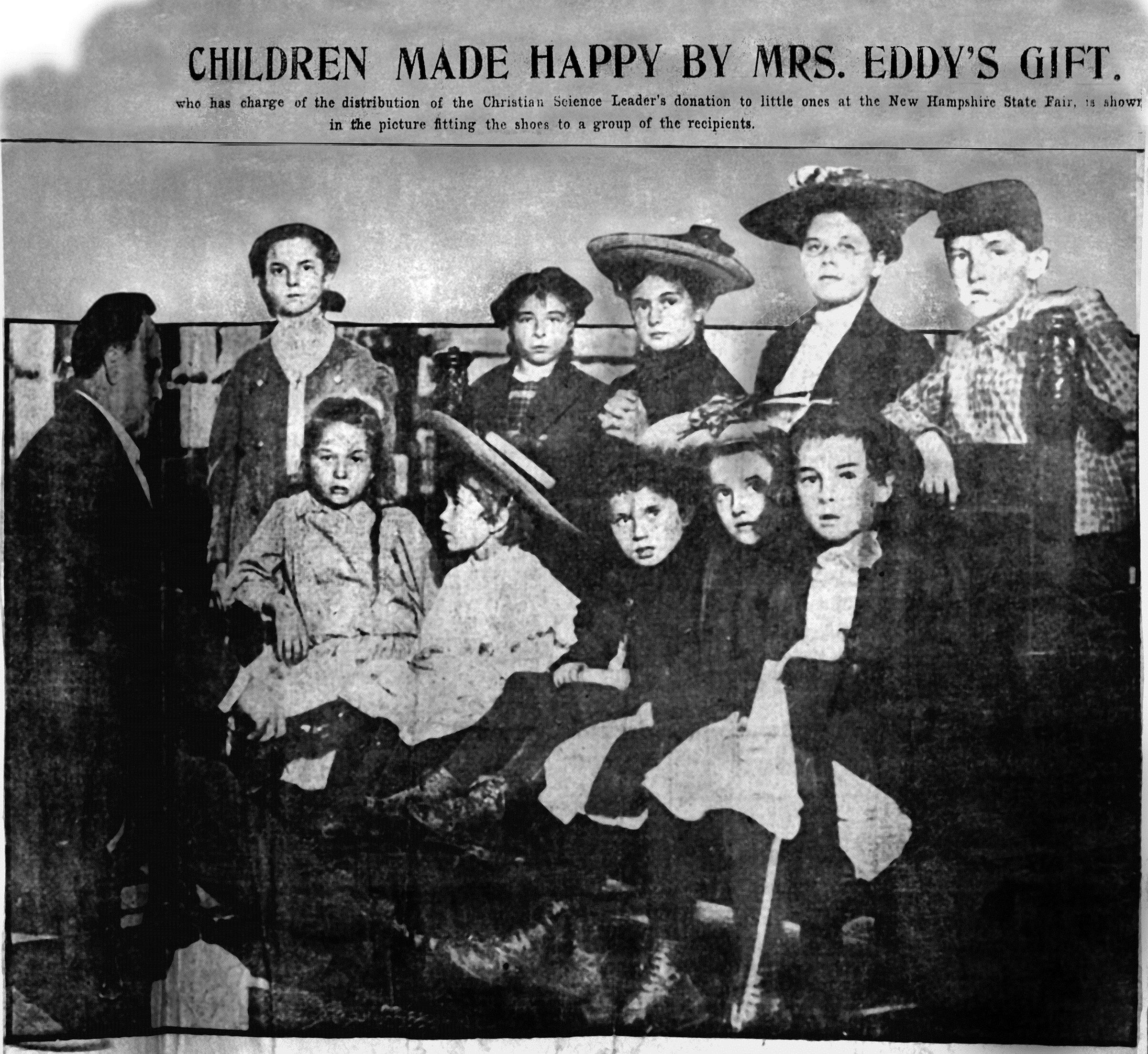
In a grateful note of thanks addressed to Mrs. Eddy, Martha Pollard, a widow and mother of four, commented, “My little children would not have any to wear now but for your kindness in giving them away.”5 Pint-sized orphan Mary Taylor thanked Mrs. Eddy through her grandmother, who wrote: “She says if she could see you she would kiss you for them.”6 And 12-year-old Willie Orr, who sent thanks both for his own new shoes and those of a “school mate and chum,” explained, “I needed them very badly, because my papa is not well and cannot buy me many clothes.” He signed his letter, “Yours with love.”7
In fact, love was at the heart of Mrs. Eddy’s gesture, the owner of Thompson’s Shoes pointed out.
“There is no smack of superiority in it,” Mr. Thompson told the Concord Patriot. The gift, he emphasized, was “a present from one who loves to the objects of that love, and the value of this thought is emphasized when we know that her practice and her life is love, and that to her all is love.”8
Thompson himself couldn’t have been more delighted to be part of the enterprise — a delight that went far beyond that of a merchant simply grateful for the extra business sent his way.
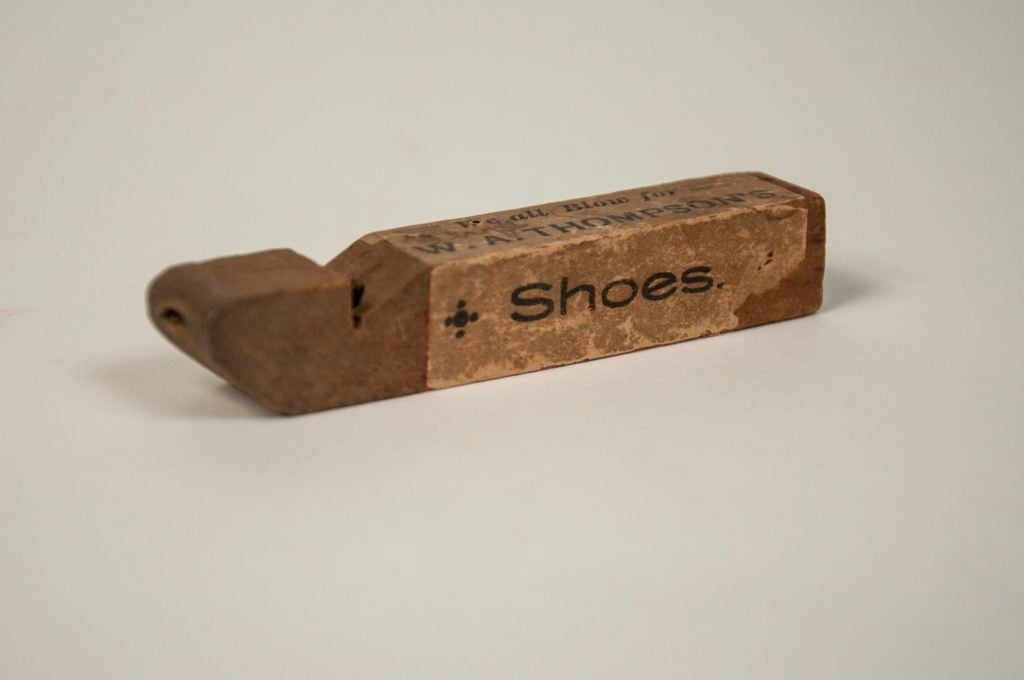
“I feel that I am engaged in a service of good, and in the years to come I shall always look back with a feeling of gratitude,” he told the newspaper, adding, “In our busy, hustling little world of trade, in our sales and barters, in spite of ourselves, we grow calloused and eliminate from our lives the soft touches of humanity, the thoughtful regard for the wants, and wishes, and happiness of those about us, the small acts of goodness that constitute, or at least should constitute, our real joy.”9
